Precision and efficiency have long been hallmarks of success within the construction industry; now they’re required. As projects become more complex and deadlines tighter, traditional methods for creating plans become less viable; which is where Smart Drafting steps in. Thanks to digital tools and software platforms, modern Drafting Service providers are revolutionizing how construction plans are created, reviewed and executed.
From 2D drafting and 3D modeling to BIM integration, technology is not only speeding up workflows but minimizing costly mistakes as well. Contractors, architects and engineers need these tools in order to stay competitive beyond 2025.
How Digital Tools Are Revolutionizing Drafting
Drafting Service providers have recently experienced an unprecedented renaissance thanks to smart digital tools that have propelled them forward with efficiency and innovation. Here’s why:
- CAD and 3D Modeling
Professional CAD software allows professionals to quickly draft accurate 2-dimensional plans and 3-dimensional models quickly. Furthermore, unlike manual drawings which must be revised every time changes arise, these digital versions allow real time editing so project approvals and smooth collaboration occur faster and quicker.
- Building Information Modeling (BIM)
BIM takes the drafting experience one step further by merging design with data. Through BIM-based Drafting Services, all aspects of building design from electrical wiring to HVAC systems can be integrated into one digital model to improve coordination among architects, engineers and contractors while decreasing errors while saving both time and money. - Cloud-Based Collaboration
Modern drafting tools enable teams to work remotely from any location – be that an architect in one city and contractors in another – with access to up-to-date plans delivered over cloud construction drafting services in real time. - AI and Automation in Drafting
Artificial Intelligence has quickly emerged as a vital asset to Drafting Services, aiding professionals by automating repetitive tasks like dimensioning or error detection; freeing them up for more complex design considerations. Automated clash detection helps avoid delays due to disputes in layout plans that often cause construction delays.
Benefits of Smart Drafting Services
Digital tools offer untold advantages in Smart Drafting Service delivery:
- Accuracy and Precision – Digital drafting minimizes human error to produce highly precise drawings.
- Cost Savings – Increase savings through reduced rework, material waste and delays caused by miscalculations.
- Increased Turnaround Times – Automation and collaboration tools shorten project timelines significantly, providing quicker service to clients.
- Scalability – Drafting tools easily adapt to meet the requirements of small residential projects as well as large industrial developments, adapting with no loss in scale.
- Enhance Visualization – 3D models and BIM provide stakeholders with a realistic representation of the final project.
Real-World Applications of Drafting Services
Drafting Services have expanded into various construction sectors:
- Residential projects: Homebuilders use drafting software to plan layouts of their construction sites to optimize space utilization while adhering to all regulations.
- Commercial Construction: Digital drafting ensures energy efficiency and structural integrity from office buildings to retail complexes, from offices to multi-tenanted complexes.
- Industry Facilities: Accurate drafting is vital when planning complex plants or warehouses with multiple systems, like complex plants or warehouses with multiple storage compartments.
- Infrastructure projects: Roads, bridges and urban planning all depend heavily on accurate construction drafting services for safety and efficiency purpose.
Future of Drafting Services

Tomorrow will see Smart Drafting Service delivery evolve through increased use of artificial intelligence (AI), automation and immersive technologies such as AR (Augmented Reality) and VR (Virtual Reality). Imagine being able to walk through digital construction plans before any physical work commences, this dream is now becoming reality.
Smart sensors connected with IoT may integrate seamlessly with drafting tools to provide real-time site feedback, enabling construction plans to change dynamically as projects advance.
Conclusion
Drafting Services have long been at the core of digital transformation within the construction industry. Utilising smart tools like CAD, BIM, AI and cloud collaboration platforms such as Revit for plan creation and execution has revolutionized how plans are developed, shared and carried out – providing contractors and architects with significant savings both time and cost while guaranteeing higher-quality outcomes.
FAQs
- What Is a Drafting Service in Construction?
Drafting Services offer precise technical drawings that outline the design and development of buildings and infrastructure projects, such as plans with layouts, material specifications, dimensions etc.
- Why are digital drafting tools better than manual drafting tools
Digital drafting tools offer more accurate measurements, easier editing and collaboration processes as well as 3D visualization compared to manual drafting, making them far more cost effective than manual drafters.
- How Does BIM Improve Drafting Services?
BIM incorporates multiple building systems into one model, improving coordination, minimizing errors and providing all stakeholders with up-to-date data. - Can small construction firms benefit from Smart Drafting Services?
Absolutely – these scalable digital drafting solutions can support projects of all scales from residential properties to major infrastructure developments. - How is Artificial Intelligence being implemented into future Drafting Services?
AI will automate repetitive drafting tasks, detect design conflicts early and improve accuracy allowing professionals to concentrate their creative energies on more complicated, innovative elements of design.

